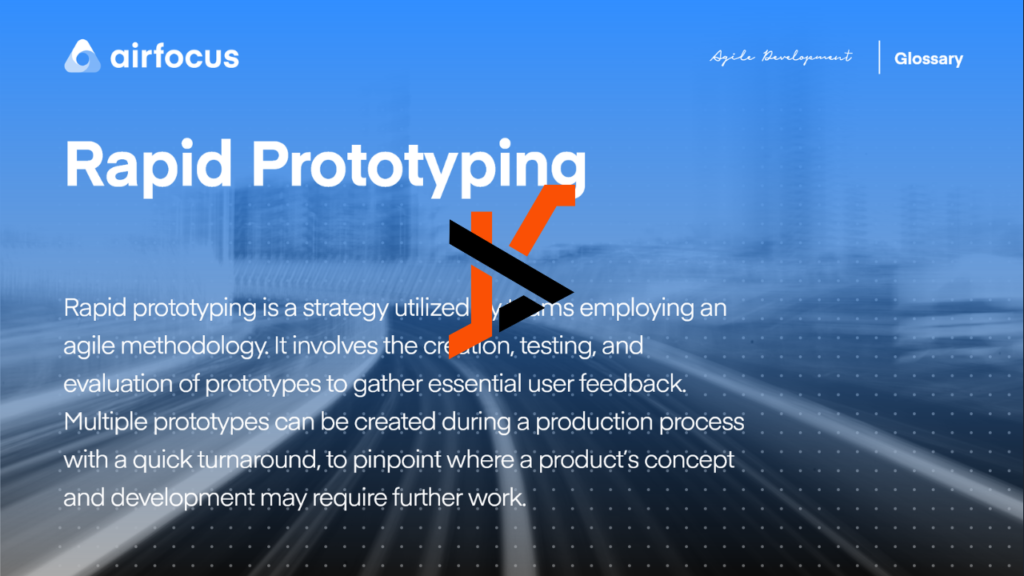Rapid prototyping is revolutionizing how products are designed and developed across various industries. With Yijin Solutions’ rapid prototyping services, teams can create quick and tangible models, accelerating the feedback loop and enhancing collaboration. This article explores the diverse applications of rapid prototyping and highlights its significance in streamlining innovation and reducing time to market.
Rapid prototyping serves multiple functions across industries, primarily focusing on enhancing product development processes.
Product Development
Rapid prototyping speeds up the design phase by creating physical models from digital designs. Designers can evaluate form, fit, and function more effectively with tangible prototypes.
User Testing
Rapid prototyping allows for early user feedback. Testing prototypes with real users reveals insights into usability, functionality, and design preferences, ensuring that products meet user needs.
Iterative Design
Rapid prototyping supports iterative design, enabling teams to modify designs based on feedback quickly. This approach reduces risks associated with final product releases, as adjustments occur in preliminary stages.
Communication
Rapid prototypes facilitate clearer communication among team members, stakeholders, and clients. Visual and physical representations foster better understanding, aligning everyone toward common goals.
Market Validation
Companies use rapid prototyping to test market interest before a full launch. Validating concepts through prototypes helps gauge feasibility and acceptance, potentially saving resources on unviable projects.
Cost Efficiency
Rapid prototyping minimizes costs associated with traditional manufacturing processes. By identifying design flaws early, it reduces the likelihood of expensive modifications during later stages of production.
Educational Purposes
Educational institutions employ rapid prototyping to teach students about product design and engineering. Hands-on experience with creating prototypes helps students grasp practical applications of theoretical knowledge.
Manufacturing Integration
Rapid prototyping integrates with advanced manufacturing technologies, such as 3D printing. This synergy enhances production speed and flexibility, enabling the quick turnaround of customized products.
Marketing Strategies
Rapid prototypes can serve as visual aids in marketing campaigns. Companies present prototypes to investors and stakeholders to secure funding and support, showcasing potential before final production.
Benefits of Rapid Prototyping
Rapid prototyping offers significant advantages in product development. It improves efficiency, enhances communication, and fosters innovation throughout the design process.
Cost Efficiency
Rapid prototyping reduces costs by identifying design flaws early. Teams can produce prototypes more affordably than traditional manufacturing methods. For instance, using 3D printing can minimize material waste and labor expenses associated with conventional production. Companies can assess the feasibility of designs without incurring substantial costs. This method allows for adjustments before mass production, ultimately leading to lower overall project expenses.
Time Savings
Rapid prototyping accelerates the product development timeline. Teams can create and test prototypes quickly, leading to faster iterations based on user feedback. Instead of lengthy design cycles, this method enables an agile approach to development. For example, obtaining user insights within days facilitates timely adjustments, keeping projects on schedule. The ability to validate concepts early enhances market responsiveness, benefiting companies aiming for swift product launches.
Applications of Rapid Prototyping
Rapid prototyping finds application across multiple fields, enhancing efficiency and reducing time to market.
Product Development
Rapid prototyping facilitates product development by enabling teams to create functional models quickly. These prototypes allow for early testing, helping identify design flaws before mass production. By iterating designs based on user feedback, teams can refine products effectively. This process not only expedites development, but also ensures that final products align closely with user needs.
Architectural Modeling
In architecture, rapid prototyping streamlines the visualization of concepts and designs. Architects create physical models quickly, allowing clients and stakeholders to engage with designs more tangibly. These models help identify design elements that may require modification or improvement. Using techniques such as 3D printing, architects can present intricate details, making it easier to communicate design intent effectively.
Medical Device Creation
In the medical field, rapid prototyping plays a crucial role in device creation. Engineers and designers produce prototypes of medical instruments and devices to test functionality and ergonomics. Early-stage models facilitate thorough evaluations, ensuring devices meet safety and regulatory standards. Rapid prototypes also assist in simulating real-life scenarios, enhancing user training and improving patient outcomes.
Technologies Involved in Rapid Prototyping
Rapid prototyping incorporates several advanced technologies that improve the speed and efficiency of product development. Key technologies include 3D printing and CNC machining, both of which play significant roles in creating prototypes.
3D Printing
3D printing, also known as additive manufacturing, allows for the creation of three-dimensional objects layer by layer from digital models. This technology enables designers to produce complex shapes with high precision, often reducing production time significantly. Common materials used in 3D printing include plastics, metals, and ceramics. 3D printing supports diverse applications, including functional testing and aesthetic modeling, providing rapid feedback for design optimization. Its flexibility allows for easy alterations to prototypes, facilitating iterative design processes that align closely with user feedback.
CNC Machining
CNC (Computer Numerical Control) machining uses computer-controlled tools to remove material from a solid block, shaping it into a specific design. This method provides high accuracy and repeatability, essential for creating precise prototypes. CNC machining supports various materials, such as metals, plastics, and composites, making it suitable for different industries. This technology excels in detail-oriented applications, ensuring prototypes meet stringent specifications. CNC machining also enables rapid production of durable models that undergo extensive testing, further refining designs based on performance evaluations.
Conclusion
Rapid prototyping stands as a pivotal tool in modern product development. Its ability to create quick models fosters collaboration and accelerates the feedback loop. This method not only enhances efficiency but also reduces the risks associated with design flaws.
As industries continue to evolve, the integration of rapid prototyping with advanced technologies like 3D printing will further transform how products are developed and refined. By prioritizing user needs and embracing iterative design, companies can ensure they remain competitive in a fast-paced market.
Ultimately, rapid prototyping empowers teams to innovate effectively while minimizing costs and time, paving the way for successful product launches and satisfied customers.

